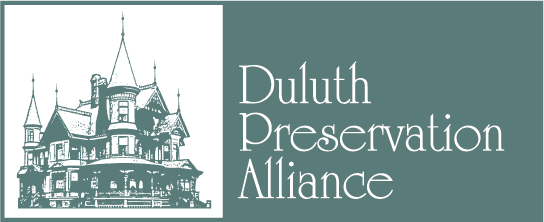 The Lake Superior & Mississippi Railroad engine and open car near Mud Lake on the St. Louis River. (2015 News Tribune file photo)
The Lake Superior & Mississippi Railroad engine and open car near Mud Lake on the St. Louis River. (2015 News Tribune file photo)
The “Local View” column two Sundays ago, “Before ‘saving’ the LS&M, we first need a viable plan for its future,” was only one opinion.
The Lake Superior & Mississippi Railway (LS&M) has a plan for the future. Riding the train is an experience that travels through many generations, from Native American people to early settlers and the coming of the railroad to the beginnings and demise of industry before returning to the splendor of nature and the river estuary.
The LS&M began about 1980, when the Burlington Northern granted an easement to the city of Duluth for trails and excursion train rides. The city agreed that the trackage and right of way would “be available for use by the Lake Superior Museum of Transportation (the predecessor to today’s LS&M) in connection with the future development of its facilities and operations of a tourist railroad from Riverside to New Duluth, Minnesota.”
Today, the LS&M continues as a volunteer operation with 40-plus members maintaining the trackage leased from the city, all the rolling stock, and equipment and facilities. Many of the volunteers are seniors who devote hours during the week, while others volunteer their time on the weekends to operate and maintain the railway. We have a wonderful mix of people and talents that get the jobs done. They are not frail and aging. There is a place for everyone in our group, and all are welcome.
We have a plan to ensure the railroad’s future. We do not envision using large infusions of public money. We are not a liability. The LS&M carries liability insurance. Nor are we a drain on city finances. Only since the flood of 2012 has the railroad received $20,000 annually in tourism tax funds from the city. Other venues in Duluth also receive funding.
Webster defines heritage as “the traditions, achievements, beliefs, etc., that are part of the history of a group or nation.” The Lake Superior Transportation Museum and the North Shore Scenic Railroad are both fine operations, depicting the latter years of passenger travel. A heritage railway of the period when our railroad was first built would be expensive. The LS&M operates vintage passenger equipment built in 1912. Our coaches are some of the oldest operating in excursion service. Riding in them evokes the images and feel of travel in an earlier era. It becomes a living-history experience with our narrators telling the stories of the early Anishinaabe people, the beginnings of Duluth, and the coming of the railroad and industry — all linked to the St. Louis River. Our narration traces damage done to the river and the recent efforts to restore the estuary to its natural state. We intend to be there to bring people to enjoy the river traveling along its shores.
Our track is adequate and safe for the operation of our equipment. The LS&M maintains its trackage to Federal Railroad Administration Class 1 Standards. This spring, inspectors from the administration and the Minnesota Department of Transportation made a detailed inspection of LS&M trackage. No violations were issued. All defects noted were corrected prior to beginning operations for the season. We inspect the track weekly in compliance with railroad administration requirements and correct any issues found prior to operations. Our bridges are inspected annually by local engineering firms for adequacy to support our operations.
The LS&M operates at a speed of 10 mph to allow riders to enjoy the scenery and narration. Our speed is set for the safety and comfort of our passengers as well as the numerous people fishing and walking along the shore.
Our volunteers are not hobbyists. Our operating volunteers undergo training, certification, and random drug testing, all in accordance with Federal Railroad Administration requirements. They are professionals in every sense and take safe operation of the railroad as serious business.
Concerns of environmental issues of the causeway and trackage on it are unfounded. The U.S. Environmental Protection Agency has approved the use of creosote as a wood preservative. A 2013 Minnesota Pollution Control Agency study found no evidence that the causeway contributes to contamination in Mud Lake. Studies have shown that creosote in crossties does not migrate into the environment.
The LS&M’s plans include track upgrades, renovating our railway post office car to meet requirements set in the federal Americans with Disabilities Act, developing New Duluth as a destination, and improving our ticket office facilities.
We will improve marketing and our exposure in Duluth, the Twin Cities, and surrounding areas. We will offer a variety of ridership choices, partnering with small business for train-kayak or train-bike experiences. Other options include expanding to weekday excursions and day passes that would allow passengers to hop off for picnics or fishing and then be picked up on the return. We will seek grants to obtain funding for projects. Finally, we will attract volunteers to the group to expand operations and improvements.
Come ride with us, Duluth. See for yourself. Many of our passengers enjoy the trip so much they return and bring others with them. Help another generation appreciate the heritage of the railroad and the river.
Dave Moore is a board member for the Lake Superior and Mississippi Railroad (lsmrr.org), a nonprofit tourist-train operation in western Duluth. The railroad’s president Andy Webb, board members Mike Casey and Joel Manns, narrator Vicki Surges, engineer Scott Post, and ticket office operator Pat Johnson all contributed to the writing of this commentary.
